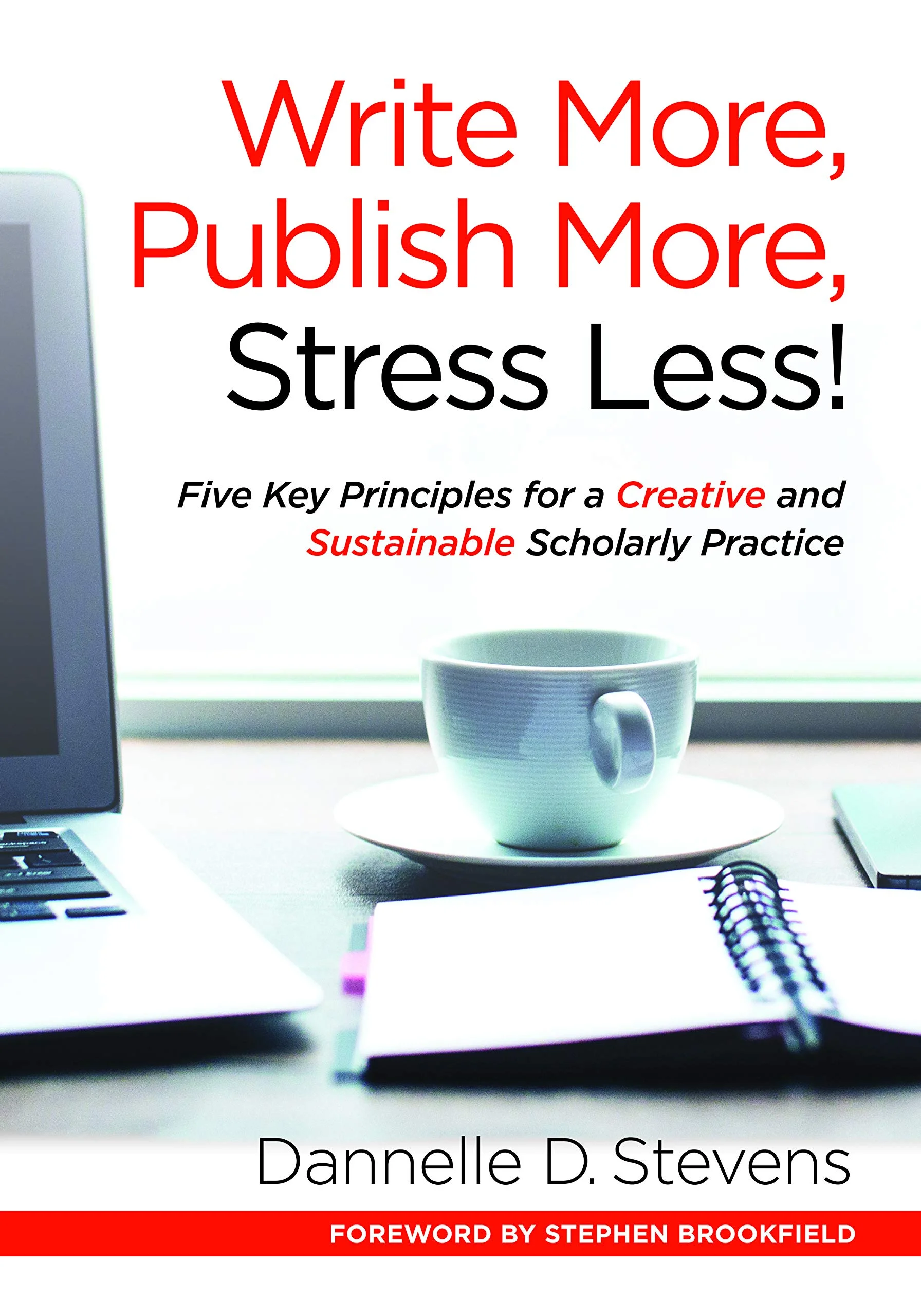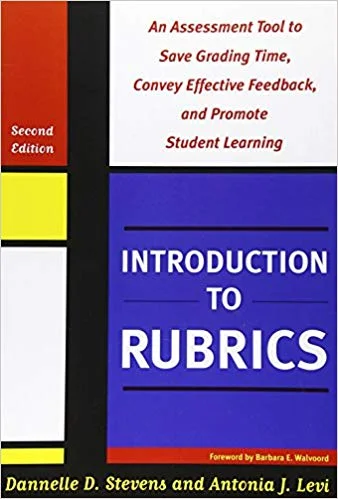Write More, Publish More, Stress Less!
In this book Dr. Dannelle D. Stevens offers five key principles that will bolster your knowledge of academic writing, enable you to develop a manageable, sustainable, and even enjoyable writing practice, and, in the process, effectively increase your publication output and promote your academic career.
A successful and productive book and journal article author, writing coach, creator of a nationally-recognized, cross-disciplinary faculty writing program, and with a long career as a faculty member and experience as a department chair, Dr. Stevens offers a unique combination of motivation, reflective practices, analytical tools, templates, and advice to set you on the path to being a productive and creative writer.
Drawing on her experience as a writer and on her extensive research into the psychology of writing and the craft of scholarly writing, Dr. Stevens starts from the premise that most faculty have never been taught to write and that writers, both experienced and novice, frequently experience anxiety and self-doubt that erode confidence. She begins by guiding readers to understand themselves as writers and discover what has impeded or stimulated them in the past to establish positive new attitudes and sustainable habits.
Dr. Stevens provides strategies for setting doable goals, organizing a more productive writing life, and demonstrates the benefits of writing groups, including offering a variety of ways in which you can experiment with collaborative practice. In addition, she offers a series of reflections, exercises, and activities to spark your writing fluency and creativity.
Whether developing journal articles, book chapters, book proposals, book reviews, or conference proposals, this book will help you demystify the hidden structures and common patterns in academic writing and help you match your manuscript to the language, structures, and conventions of your discipline--be it in the sciences, social sciences, or humanities.
Most importantly, believing that connecting your passions with your work is essential to stimulating your ideas and enthusiasm, this essential guide offers you the knowledge and skills to write more.
Introduction to Rubrics
“Anyone struggling with the new landscape of direct assessment of student learning demanded by accreditors and employers will find this new and expanded edition of Introduction to Rubrics to be exactly what they need. Based upon their extensive experience, and drawing on a wide variety of examples of rubric use by faculty across institutions and disciplines, the authors clearly and insightfully present the value of rubrics, the process of developing rubrics and using them, and their usefulness for faculty, and for improving student learning. A 'must' read for anyone seriously interested in student learning enhancement.”? Terrell Rhodes,Vice President for the Office of Quality, Curriculum and Assessment, Association of American Colleges and Universities
"A rubric, the authors emphasize, is a tool. And their book itself is a wonderful tool for exploring how to use rubrics as tools. For a long time, I have been recommending the first edition to faculty in workshops I lead. I can recommend this second edition with even greater enthusiasm, because it does so much more, and does it so intelligently.
The authors offer advice about all the surrounding situations and problems that may accompany rubrics: how to get students involved in rubrics, how to use rubrics with TAs, how to collaborate with other faculty in constructing common rubrics, and how to use rubrics that someone else has constructed. The book focuses on rubrics but offers a great deal of advice about good teaching, good collaboration, and good assessment. In short, this book is a great tool."? From the Foreword by Barbara E. Walvoord, Professor Emerita, University of Notre Dame, and author of Effective Grading
This new edition retains the appeal, clarity and practicality that made the first so successful, and continues to provide a fundamental introduction to the principles and purposes of rubrics, with guidance on how to construct them, use them to align course content to learning outcomes, and apply them in a wide variety of courses, and to all forms of assignment.
Journal Keeping
One of the most powerful ways to learn, reflect and make sense of our lives is through journal keeping.
This book presents the potential uses and benefits of journals for personal and professional development―particularly for those in academic life; and demonstrates journals’ potential to foster college students’ learning, fluency and voice, and creative thinking.
In professional life, a journal helps to organize, prioritize and address the many expectations of a faculty member’s or administrator’s roles. Journals are effective for developing time management skills, building problem-solving skills, fostering insight, and decreasing stress.
Both writing and rereading journal entries allow the journal keeper to document thinking; to track changes and review observations; and to examine assumptions and so gain fresh perspectives and insights over past events.
The authors present the background to help readers make an informed decision about the value of journals and to determine whether journals will fit appropriately with their teaching objectives or help manage their personal and professional lives. They offer insights and advice on selecting the format or formats and techniques most appropriate for the reader’s purposes.
Tenure in the Sacred Grove
A treasure trove of information for women and minorities in the academy who are beginning their quest for tenure.
Designed to help women and minority faculty navigate a path to tenure in academe, this book looks at the political, scholarly, personal and interpersonal issues. Filled with the experiences and advice of those who have navigated this terrain successfully, despite obstacles and setbacks, it includes considerations for women, faculty of color, and gay/lesbian/bisexual faculty, addressing racism, sexism and ageism in the academy. The contributors provide guidance in a multitude of areas such as coping with feelings of fraudulence, making a persuasive tenure case, balancing work and family, as well as practical advice on teaching, research and publication, and the scholarship of outreach. Contributors include tenured faculty, journal editors, department chairs, campus promotion and tenure chairs, and university presidents.



